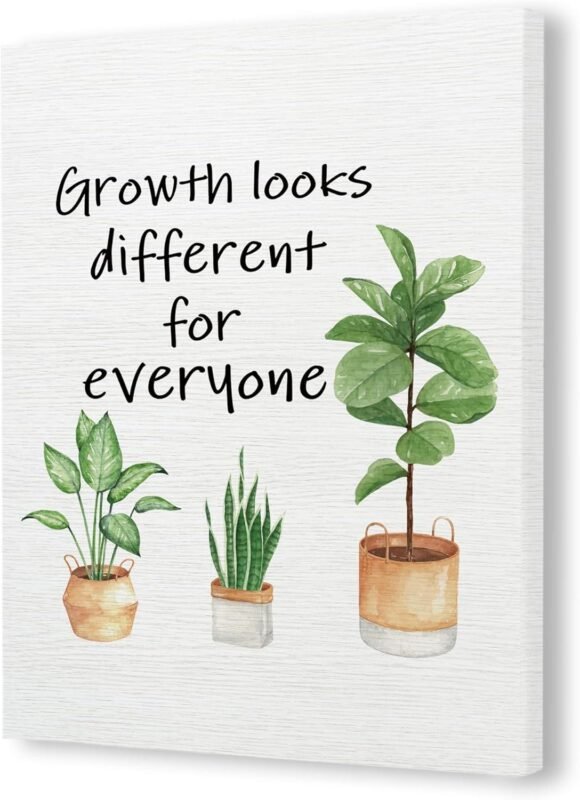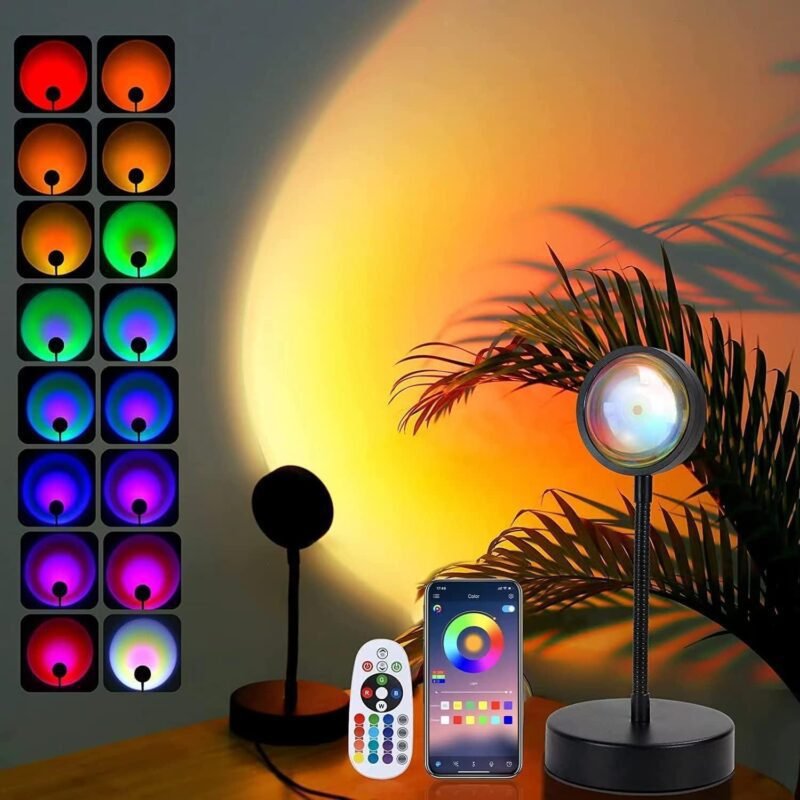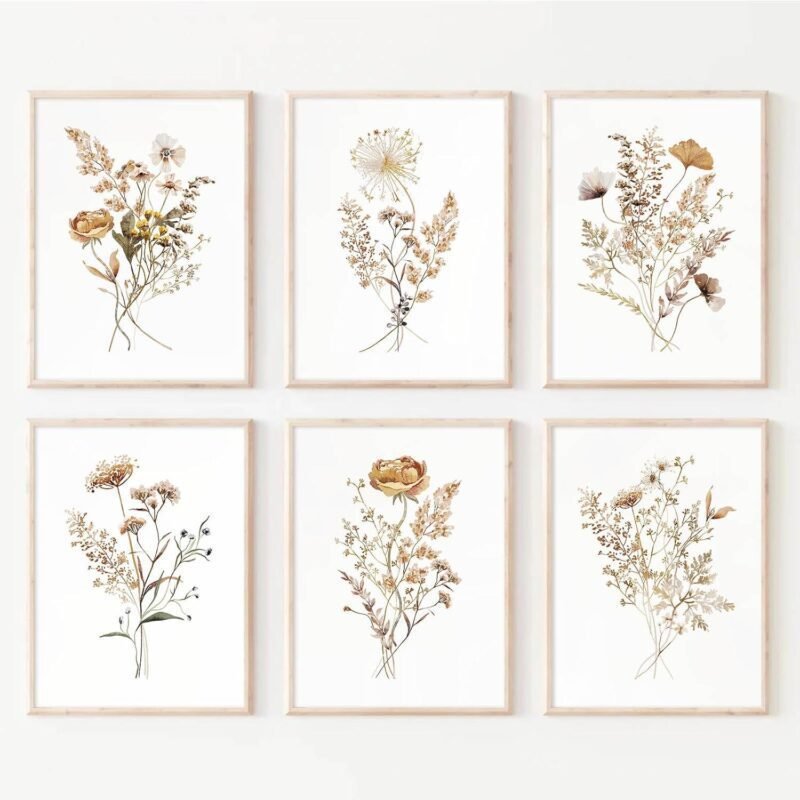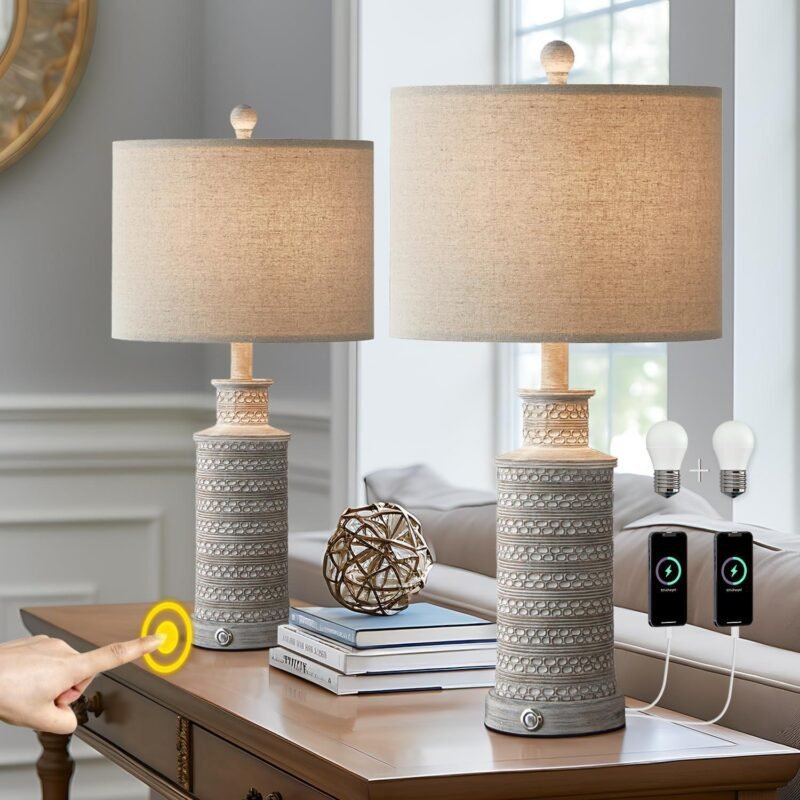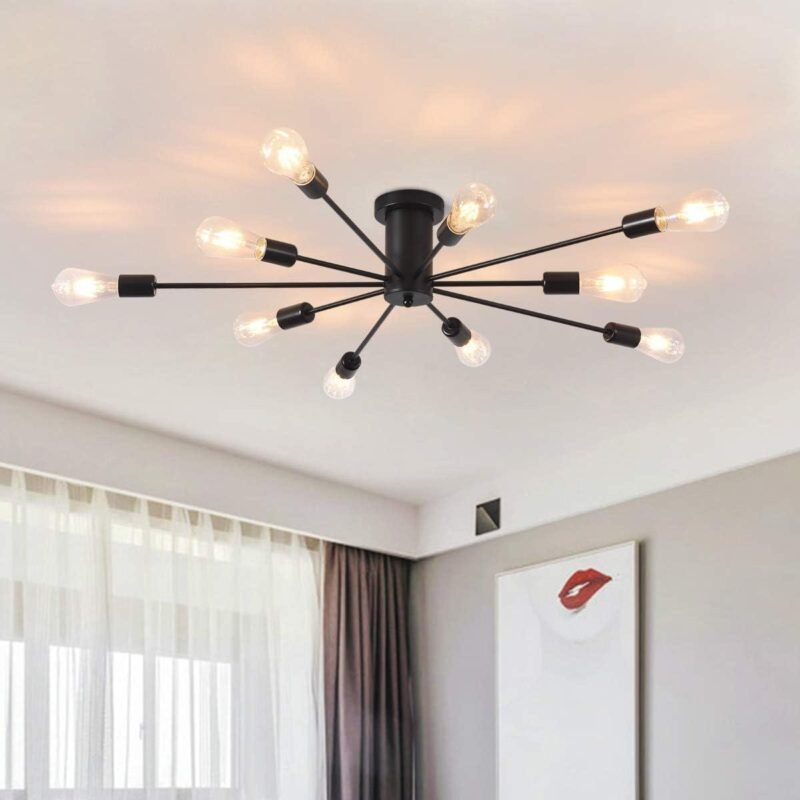How important is lighting when choosing a color palette for a living room?
When it comes to designing the perfect living room, choosing the right colour palette is crucial for creating a space that feels inviting and cozy. Though, one key factor that is frequently enough overlooked in this process is lighting. Whether natural or artificial,lighting can dramatically influence how colors appear on your walls,furniture,and décor. Understanding the relationship between lighting and color can help you make more informed choices, ensuring your living room looks just as beautiful in the evening as it does during the day. In this article, we’ll explore why lighting plays such an significant role in selecting your living room colors and how you can use it to enhance your space.
Lighting and its Impact on Color Perception in Your Living Room
Lighting dramatically transforms how colors appear in your living room, influencing both mood and design harmony. Natural light can make colors appear more vibrant and true-to-tone, while artificial lighting-whether warm or cool-can shift hues in subtle or striking ways. As an example, a soft white bulb may enhance earth tones, creating a cozy ambiance, whereas cool LED lighting might intensify blues and grays, giving the room a sleek, modern feel. Understanding these interactions helps you select a palette that complements the type and amount of light your space receives throughout the day.
consider these lighting effects when planning your color palette:
- Natural Daylight: Renders colors in thier purest form but varies with time and weather.
- Incandescent Lighting: Adds a warm glow, enriching reds and yellows but muting blues.
- Fluorescent Lighting: Often cool-toned, it can make colors appear sharper but sometimes harsh.
- LED Lighting: Available in various temperatures, it offers versatility but requires careful choice to avoid color distortion.
| Light Source | Color Effect | Best For |
|---|---|---|
| Natural Daylight | True, vibrant colors | Warm earth tones, mixed palettes |
| Incandescent | Warm, soft hues | Cozy, traditional styles |
| Fluorescent | Cool, crisp tones | Modern, minimalist rooms |
| LED | Varied (warm to cool) | Flexible, customizable looks |
Choosing the Right Color palette for Different Types of Lighting
lighting dramatically influences how colors appear in your living room. Natural daylight, for example, tends to reveal the truest hues of your palette, making subtle differences more noticeable. When working with north-facing rooms that receive cooler light, warmer colors like soft yellows or rich creams can create a cozy atmosphere. Conversely, south-facing rooms, flooded with warm sunlight, are ideal for cooler tones such as blues or greens, which help balance out the intensity of the light throughout the day.
Artificial lighting brings its own challenges and opportunities. Warm incandescent bulbs enhance warm tones, making reds, oranges, and browns pop, while cool fluorescent lights can mute these colors and favor blues and grays. it’s essential to consider the type and placement of your light sources when selecting a palette. Below is a rapid guide to color choices based on lighting conditions:
- Natural Light (North-facing): Warm neutrals, creamy whites, muted golds
- Natural Light (South-facing): Cool blues, soft greens, light grays
- Incandescent Lighting: Bold reds, burnt orange, chocolate brown
- Fluorescent Lighting: Soft blues, mint greens, cool grays
| Lighting Type | Recommended Color Palette | Effect on room Mood |
|---|---|---|
| Natural (North-facing) | Warm neutrals & creams | Inviting & cozy |
| Natural (South-facing) | Cool blues & greens | Refreshing & calm |
| Incandescent | Reds, oranges | Warm & vibrant |
| Fluorescent | Soft blues & grays | Cool & subdued |
How Natural Light Changes Throughout the day and Affects Your Colors
As daylight shifts from morning to evening, the quality and angle of natural light transform dramatically, directly impacting how colors appear in your living room. Morning light tends to be cooler and brighter, enhancing blues and greens while softening warm tones. By midday, light becomes more neutral and intense, revealing colors in their truest form. Come late afternoon and evening, sunlight warms, casting golden hues that amplify reds, oranges, and yellows, which can make your palette feel cozy and inviting.
Understanding these variations can definitely help you select colors that maintain their charm throughout the day. Here’s a quick guide on natural light phases and their color effects:
- Morning Light: cool, soft, enhances cool tones
- Midday light: Neutral, radiant, true-to-color appearance
- afternoon Light: Warm, golden, intensifies warm tones
- Evening Light: Dimmer, cozy, mutes colors slightly
| Time of day | Light Quality | Effect on Colors |
|---|---|---|
| Morning | Cool, soft | Enhances blues & greens |
| Midday | Neutral, bright | Shows true colors |
| Afternoon | Warm, golden | Amplifies reds & oranges |
| Evening | Dim, cozy | Mutes colors slightly |
Practical Tips for Selecting Paint and Decor Under various Lighting Conditions
When choosing paint and decor, understanding the type of natural and artificial lighting in your living room is crucial. Morning sunlight tends to be cooler and blue-toned, while afternoon lighting offers a warmer, golden hue.To maximize color accuracy,test paint samples on different walls and observe them at various times of day. This helps you see how shades transform with shifting light. additionally, pairing paint with furniture and fabric colors requires consideration of how lighting affects their vibrancy. Darker colors can look more intense in bright light but may feel heavy in dim rooms, so balance your palette accordingly.
Keep these practical tips in mind:
- Use matte or eggshell finishes to minimize glare in rooms with strong, direct sunlight.
- In spaces with limited natural light, opt for lighter and warmer paint tones to create an inviting atmosphere.
- Test decorative accents and textiles under your room’s primary lighting before finalizing your choices.
- Consider adjustable lighting options, such as dimmers and layered lighting, to enhance your chosen colors throughout the day.
| Lighting Type | Best Paint Finish | Ideal color Temperature |
|---|---|---|
| Bright Natural (South-facing) | Matte/Eggshell | Warm tones (cream, soft yellow) |
| Cool Natural (North-facing) | Satin | Warm neutrals (beige, peach) |
| Artificial Warm (Incandescent) | Satin/gloss | Cool shades (blue, green) |
| Artificial Cool (LED/Fluorescent) | matte | Neutral/Muted hues |
To conclude
lighting plays a crucial role in selecting the perfect color palette for your living room. By understanding how different types of light-natural,artificial,warm,or cool-affect the way colors appear,you can make more informed choices that enhance the mood and functionality of your space. Remember, a well-lit room can bring out the true beauty of your chosen colors, creating an inviting and comfortable atmosphere for you and your guests to enjoy. So, next time you’re planning your living room makeover, pay close attention to lighting-it’s one of the key factors that can transform your design from good to outstanding.

